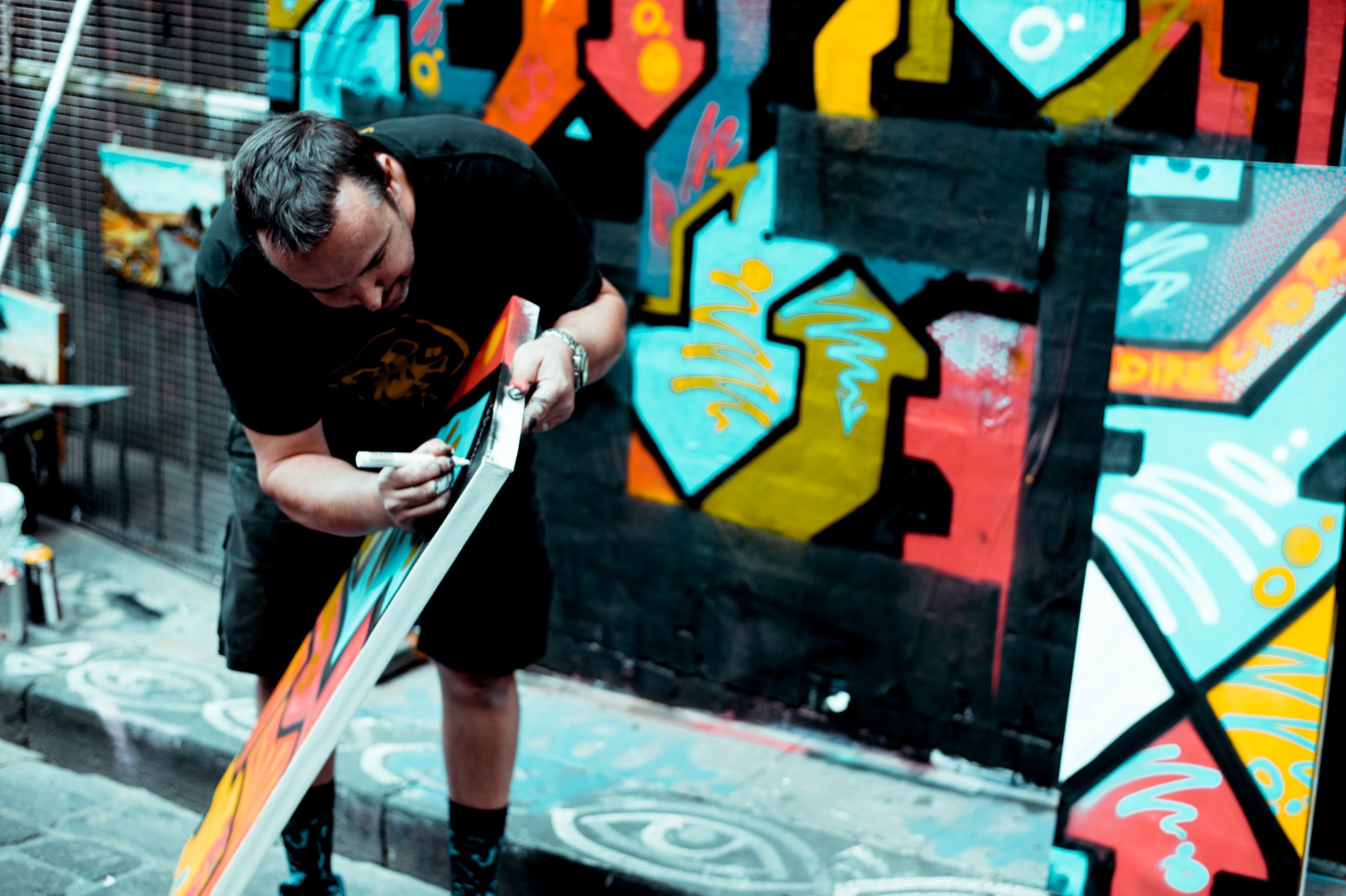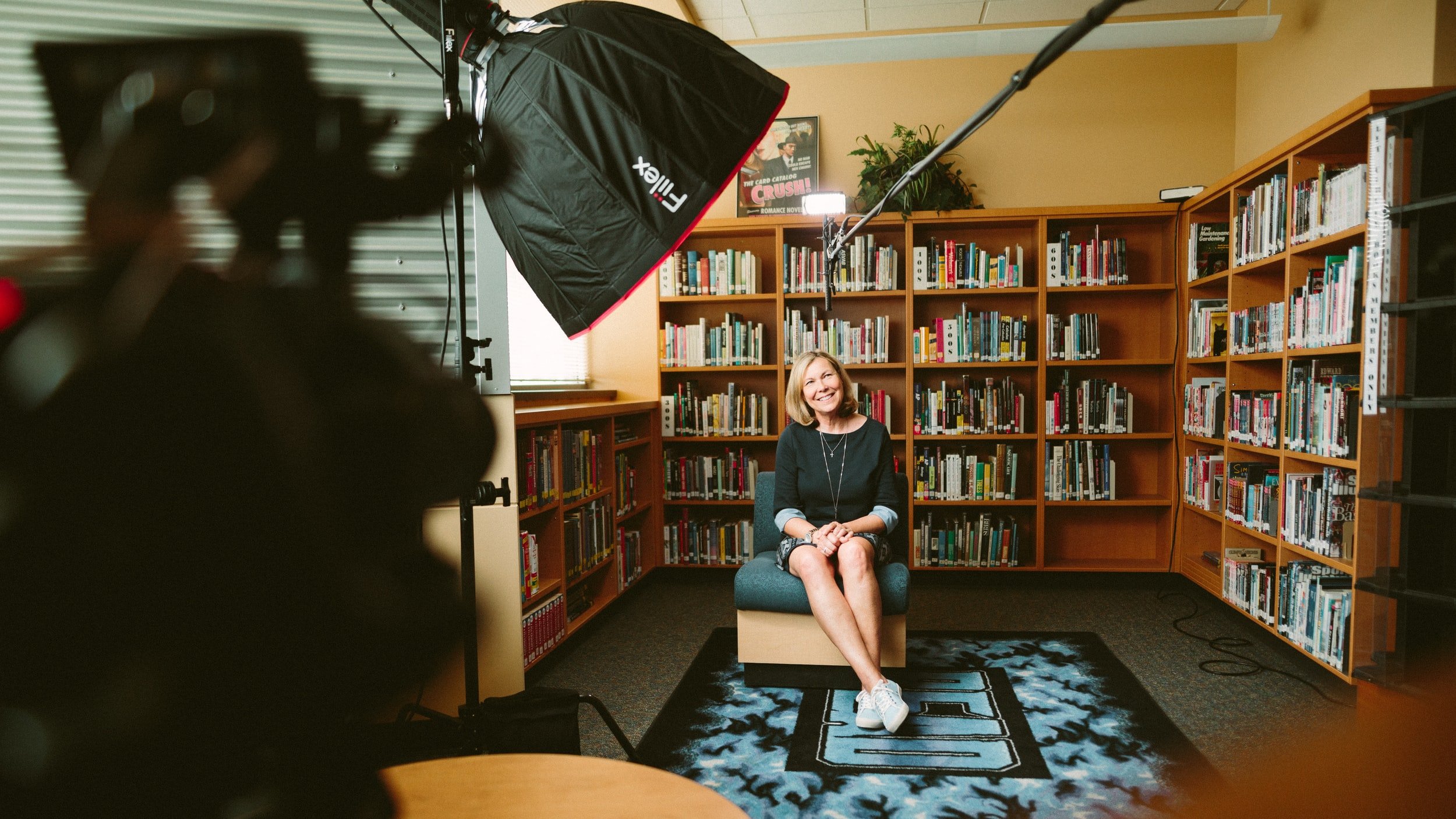Creativity allows us to view and solve problems more openly and with innovation. More specifically, creativity skills are a key factor in having a successful life as they foster self-esteem and self-worth, and contribute to self-efficacy. Creativity also draws on individual skills and resources such as motivation and drive. Additionally, with the uncertainty of COVID-19, as well as the future, creativity may be more important now than ever before. Having a creative mindset toward your business or the company for which you work may make the difference between success and failure in these volatile times. While typically practical people, business owners can survive this economic hardship — and those to come — with out-of-the-box thinking, and perhaps even discover ways to grow.
Why is being creative so important?
Fast Problem-Solving Skills
For something to be innovative, there are two requirements: It must be novel and useful. Once an idea is possible, innovation tends to be an easier challenge for more players to achieve. Creativity is the novel step of being the first to identify that something might be possible in the first place. But innovation is the action of putting things into practical reality, despite challenges and resistance, rather than just contemplating. While creativity is crucial to generate ideas that are both unique and original, they’re not always inherently useful. Innovative solutions can’t exist, however, without a component of creativity.
Allows for Innovation
For something to be innovative, there are two requirements: It must be novel and useful. Once an idea is possible, innovation tends to be an easier challenge for more players to achieve. Creativity is the novel step of being the first to identify that something might be possible in the first place. But innovation is the action of putting things into practical reality, despite challenges and resistance, rather than just contemplating. While creativity is crucial to generate ideas that are both unique and original, they’re not always inherently useful. Innovative solutions can’t exist, however, without a component of creativity.
Necessary for Growth
One of the main hindrances to a business’s growth is cognitive fixedness, or the idea that there’s only one way to interpret or approach a situation or challenge. Building a creative workplace environment would be the first step to mitigate this issue. Business leaders must understand their workplace environment and company culture in order to foster a creative work environment.
Boosts Productivity
Another benefit of creativity and innovation in business is that it helps in boosting productivity. Through coming up with creative ideas, individuals get to work on new exciting projects, which can be an incentive towards doing their best and achieving great things. Business creativity encourages people to give healthy feedback and foster collaboration, it also helps workers feel more appreciated since they get to test their limits and come up with something new.
How to develop a creative mindset?
Don’t Be Afraid to Take Risks
Taking risks within the workplace encourages innovation, learning opportunities and advantages. Innovation and development of a company cannot happen if you will not accept the risk that your undertaking might fail. The level of risk may be lessened, however, if you make all possible calculations and evaluate which option is best before proceeding to the next step.
Foster Collaboration
With the onset of rapid growth in the corporate world, challenges have also increased. Tackling it is not an easy task, and in order to do that, you will need collaboration in the workplace. Collaboration allows quick adaptability and enhances performance. A diverse workforce will have individuals with varying thought processes and to promote collaboration, you need to respect everyone’s perspective. Another great way to enhance collaboration is to partner with a media production company who can give you a fresh perspective based on their experience, and help develop content that will allow for business growth!
Maintain an Open Mind
Maintaining an open mind set goes hand in hand with taking risks. Having an open mindset means being objective when you approach new things, listening to other points of view, and being willing to admit what you don't know. Expand yourself to be more willing to accept new ideas and step outside of your comfort zone.
Encourage Failure
Mistakes can be some of the most helpful catalysts for growth and learning, both in life and in the workplace. However, many people fear failure, which can hold them back from taking risks or trying new things. Employees are most productive and creative when they aren't afraid of failing or making mistakes at work.
Keep an Active Lifestyle
Maintaining a healthy lifestyle helps make people happier, less anxious, more resilient and better equipped to problem-solve in the face of hardship. Imagining and creating give us a sense of purpose and allows for individuals to be more mentally and physically stimulated. This will all eventually result in a more productive and efficient workplace.
Conclusion
Creativity and innovation are extremely important skills whether you’re a job seeker, employer, or aspiring entrepreneur. It is proven that maintaining a creative mindset can be of help in all aspects of life, not just the workplace. Creativity encourages mental and physical stimulation and allows for individuals to be more free with their decisions.
Written by: Rena Wu
Are you able to recall the last time that you were creative? Comment below, we want to hear your responses!
If you’re wanting to learn more about business, media, and music production, we are developing a course called Producer Launch that will take you from beginner, all the way to knowing how to become a successful producer for a living!
Sign up here to be notified when it launches for an exclusive 50% off!















